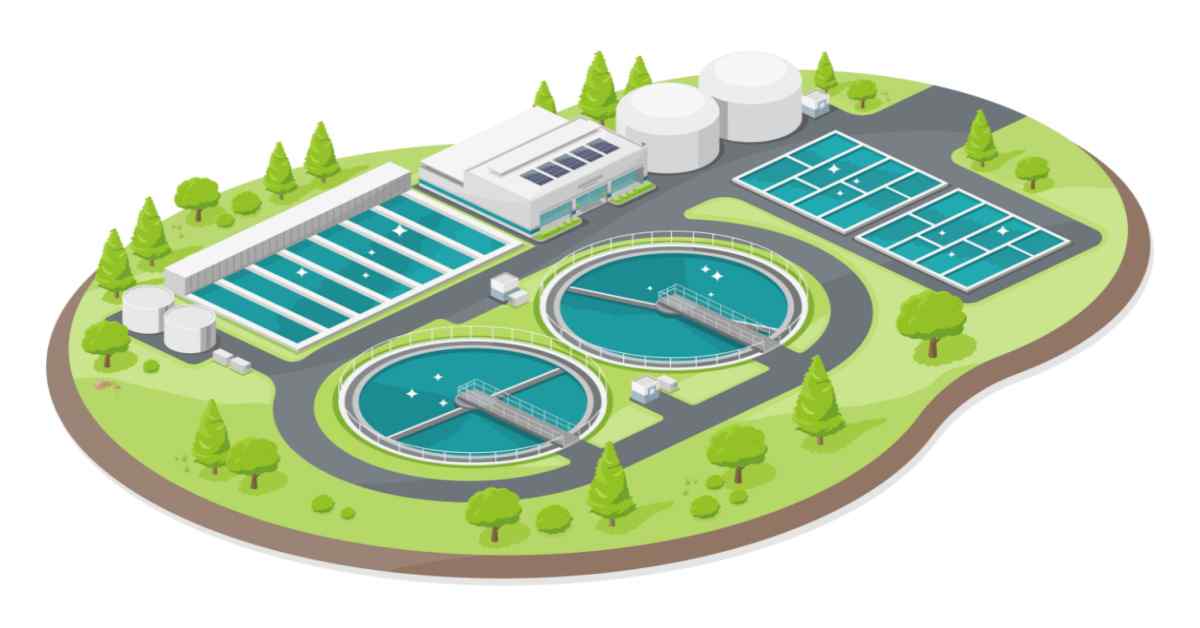Understanding Wastewater Therapy Processes and Their Environmental Influence
The details of wastewater therapy procedures play an essential function in mitigating environmental challenges associated with water pollution. Each stage, from initial to innovative therapies, is developed to deal with particular contaminants, ultimately safeguarding both public wellness and marine ecological communities.
Introduction of Wastewater Treatment
How is wastewater changed right into a risk-free resource for the environment? Wastewater therapy is an essential procedure created to remove contaminants from made use of water, consequently protecting public wellness and securing communities. This procedure starts with the collection of wastewater from household, commercial, and industrial resources, which is then directed to therapy facilities.
At these facilities, numerous physical, chemical, and biological techniques are employed to deal with the wastewater. Subsequently, biological therapies, such as activated sludge processes, make use of microorganisms to damage down natural matter.
The dealt with effluent can be securely discharged into all-natural water bodies or recycled for irrigation and industrial objectives, promoting resource preservation. Additionally, the treatment procedure creates biosolids, which can be repurposed as fertilizers or soil modifications, further enhancing sustainability.
Stages of Therapy Procedures
The wastewater treatment process typically includes 3 key stages: preliminary, key, and secondary treatment. Each phase offers a distinctive duty in decreasing the contaminant lots and ensuring the effluent satisfies ecological standards prior to discharge.

The key therapy phase concentrates on the physical splitting up of suspended solids from the wastewater. With sedimentation, much heavier bits resolve at the bottom of sedimentation tanks, creating sludge, while lighter products, such as oils and oils, float to the surface and are skimmed off. This process significantly reduces the organic and inorganic tons in the wastewater.
Secondary therapy is a biological process aimed at more reducing the concentration of natural matter. This stage is crucial for accomplishing the necessary biochemical oxygen demand (BOD) decrease, ultimately leading to cleaner effluent all set for discharge or additional therapy.

Advanced Therapy Technologies
Complying with the second treatment procedures, advanced therapy technologies play an essential role in more enhancing the high quality of treated wastewater. These technologies are made to eliminate recurring contaminants that are not successfully removed during main and second treatments, making certain the effluent meets rigid governing standards.
Among the extensively utilized sophisticated therapy approaches are membrane filtering, reverse osmosis, and advanced oxidation processes. Membrane layer purification, including microfiltration and ultrafiltration, works in separating great fragments, pathogens, and colloids from the water (Wastewater). Reverse osmosis utilizes semi-permeable membranes to eliminate dissolved solids, leading to high-quality water suitable for different applications
Advanced oxidation processes (AOPs) utilize solid oxidants to weaken natural pollutants, including drugs and personal treatment items that are resistant to traditional treatment. These techniques boost the biodegradability of intricate substances, promoting their elimination.
An additional substantial technology is using biological nutrient removal processes, which specifically target nitrogen and phosphorus, avoiding eutrophication in receiving water bodies. In general, advanced treatment innovations are necessary for accomplishing higher levels of purification, promoting water reuse, and safeguarding public wellness while resolving the obstacles linked with wastewater monitoring.
Ecological Advantages of Treatment
Numerous ecological advantages emerge from efficient wastewater treatment processes that add to ecosystem health and wellness and sustainability. Mainly, these processes significantly lower the launch of dangerous contaminants into all-natural water bodies, which aids preserve marine ecosystems. By getting rid of pollutants such as heavy steels, nutrients, and microorganisms, treated wastewater minimizes the danger link of waterborne diseases and advertises biodiversity in marine settings.
Additionally, wastewater treatment centers commonly utilize advanced modern technologies that allow water recycling and reuse. This practice not just conserves fresh water resources yet also lowers the demand on all-natural water materials. Enhanced nutrient elimination from wastewater can also stop eutrophication, a process that brings about algal blossoms and succeeding oxygen deficiency in water systems.
Additionally, effective therapy procedures can reduce greenhouse gas exhausts, especially methane and laughing gas, which are typically released during unattended wastewater decomposition. By recording and utilizing biogas from anaerobic digesters, facilities can transform waste into sustainable power, thereby adding to a decrease in fossil fuel reliance.
Challenges and Future Patterns
While the ecological benefits of wastewater treatment are clear, numerous challenges persist that impede optimum outcomes in this field. One significant issue is maturing framework, which often causes inadequacies and increased operational expenses - Wastewater. Several therapy plants check here were designed years ago, and their capabilities do not line up with contemporary needs, that include stricter regulatory standards and higher volumes of wastewater because of urbanization

Looking ahead, there is a growing focus on resource recovery and round economic climate principles within wastewater treatment. Innovations such as anaerobic food digestion, which can create biogas, and advanced filtering technologies are gaining grip. These methods not just improve therapy performance however also advertise sustainability.
Eventually, addressing these obstacles requires cooperation among stakeholders, financial investment in innovation, and a commitment to continuous study. By accepting these fads, the wastewater treatment field can develop to fulfill the demands of a transforming environment and culture.
Conclusion
In verdict, wastewater treatment processes play a crucial role in improving ecological quality and public health and wellness. The multi-stage therapy framework, combined with innovative innovations, successfully mitigates air pollution and promotes lasting water monitoring. By addressing recurring impurities and minimizing nutrition drainage, these procedures add to the preservation of water environments and the decrease of greenhouse gas exhausts. Proceeded innovations and adaptations in therapy methods will certainly be vital for overcoming emerging difficulties and making certain the he said sustainability of natural deposits (Wastewater).
Comments on “Reasonable Options for Residential and Commercial Wastewater Needs”